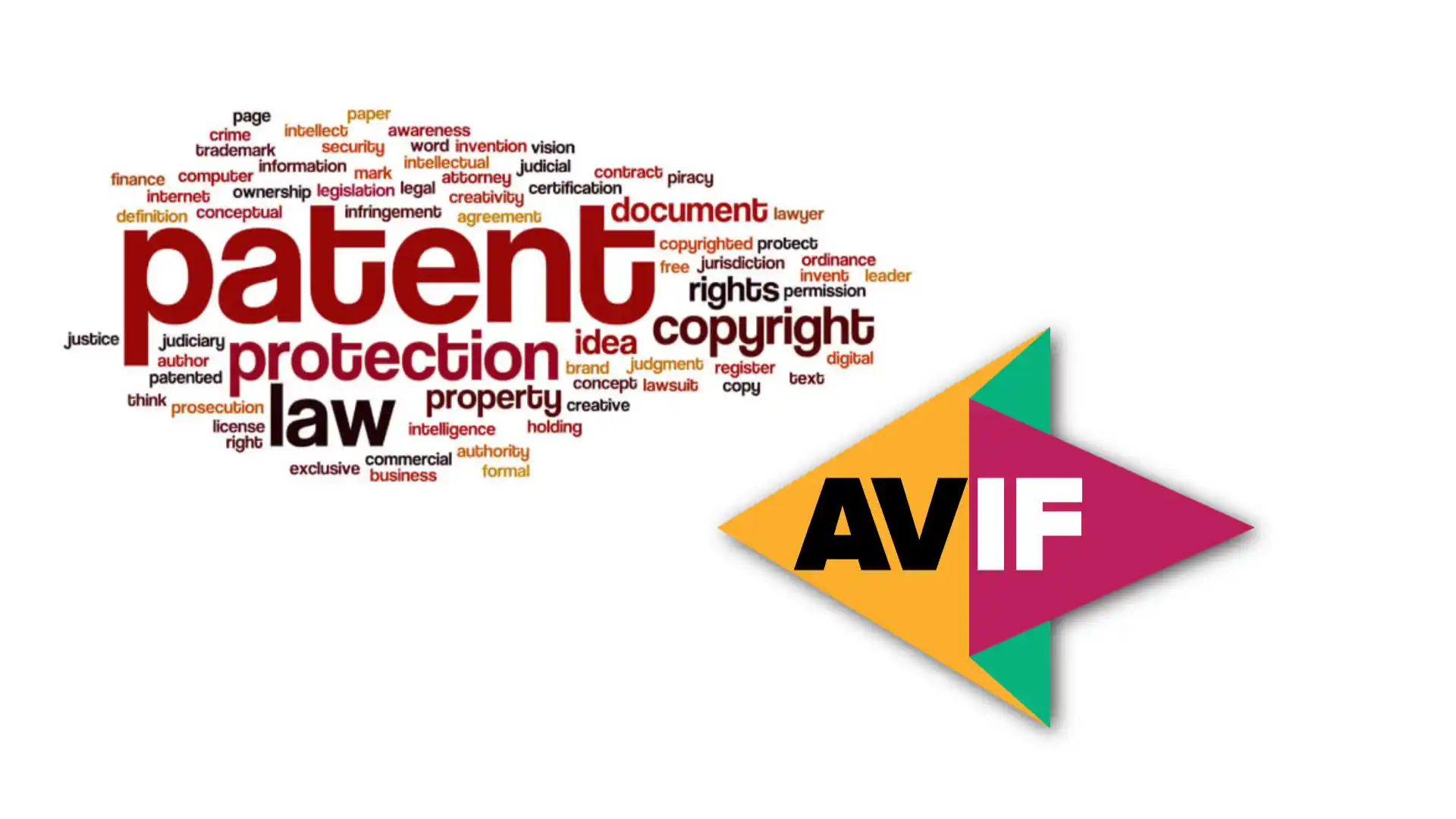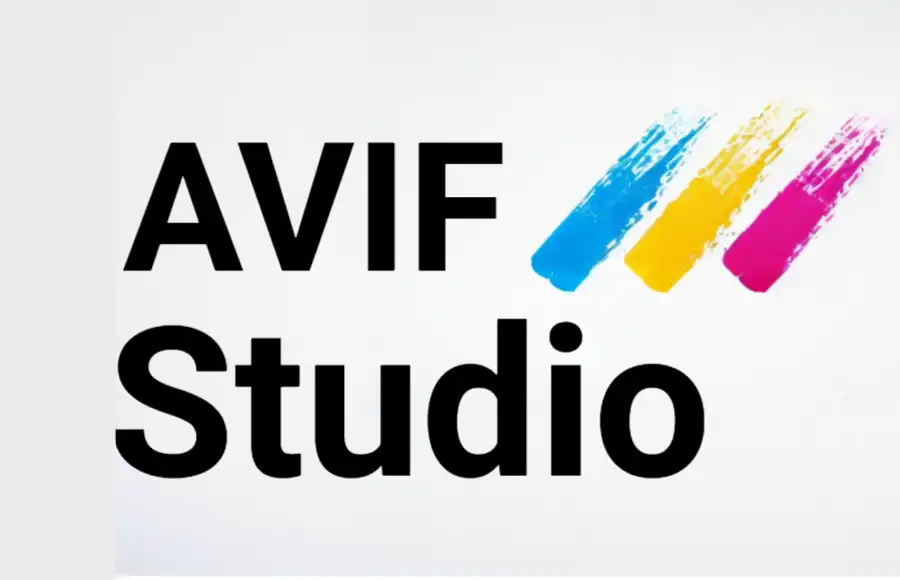Navigating the AVIF Patent Landscape: Understanding Intellectual Property Implications

Introduction:
AVIF (AV1 Image File Format) has emerged as a promising image compression standard, offering superior efficiency over traditional formats like JPEG and PNG. However, the adoption of AVIF raises concerns about intellectual property (IP) rights and potential patent infringement issues.
Understanding AVIF Patents:
The development of AVIF involves various patented technologies, primarily related to the AV1 codec. This codec is subject to patents held by multiple entities, including major technology companies and patent pools.
1. Alliance for Open Media (AOM) Patents:
The AV1 codec, which forms the backbone of AVIF, is developed by the Alliance for Open Media, a consortium of technology giants like Google, Apple, Microsoft, and others. AOM has made efforts to ensure that essential patents related to AV1 are licensed royalty-free for the most part. Alliance for Open Media
2. MPEG-LA Licensing:
Despite AOM's efforts, some patents relevant to AV1 may be controlled by entities outside the consortium. MPEG-LA, a patent pool organization, manages licensing for various video compression technologies, including some that might be applicable to AV1. MPEG-LA
3. Individual Patent Holders:
Additionally, individual companies or organizations may hold patents relevant to AVIF technologies. These patents could potentially require licensing for implementing AVIF in certain contexts.
Navigating Patent Issues:
To navigate the complexities of AVIF patents, content creators, developers, and businesses must exercise caution and conduct thorough due diligence. Here are some strategies:
- - Consult Legal Experts: Seek advice from legal professionals with expertise in intellectual property law to understand potential patent risks and licensing requirements.
- - Use Royalty-Free Alternatives: Consider alternative image formats that offer similar benefits to AVIF but come with less patent-related uncertainty, such as WebP or JPEG-XL.
- - Track Patent Developments: Stay informed about new patents relevant to AVIF and any licensing changes that may impact its usage.
Conclusion:
While AVIF presents exciting possibilities for image compression, its implementation must be approached carefully due to potential patent implications. By understanding the patent landscape and taking appropriate precautions, stakeholders can mitigate risks and leverage the benefits of AVIF effectively.
Frequently Asked Questions
- What are the key patent holders in the AVIF landscape?
- How do AVIF patents compare to those of other image compression formats?
- Are there any notable patent disputes or litigations related to AVIF?
- What measures are being taken to ensure fair and accessible licensing of AVIF patents?
- How do AVIF patents impact the adoption of the format in various industries?
- Are there any open-source implementations of AVIF that are free from patent restrictions?
- What strategies can companies employ to navigate the complexities of AVIF patents?
- How do AVIF patents affect the development of compatible software and hardware?
- Are there specific regions or jurisdictions where AVIF patents have different implications?
What are the key patent holders in the AVIF landscape?
The key patent holders in the AVIF landscape primarily include entities involved in the development of the AV1 codec, which serves as the foundation for AVIF. The Alliance for Open Media (AOM), a consortium of technology companies like Google, Apple, Microsoft, and others, holds many essential patents related to AV1. AOM aims to promote open standards and has made efforts to ensure that essential patents for AV1 are licensed royalty-free.
Apart from AOM, individual companies may also hold patents relevant to AVIF technologies. For example, technology giants like Google and Cisco have contributed patented technologies to the AV1 codec. Additionally, patent pools such as MPEG-LA manage licensing for various video compression technologies, including some that may be applicable to AV1 and, consequently, AVIF.
It's essential to recognize that the AVIF patent landscape may evolve over time as new patents are granted and existing ones expire. Thus, staying updated on patent developments and understanding the roles of key patent holders is crucial for navigating the AVIF ecosystem effectively.
How do AVIF patents compare to those of other image compression formats?
AVIF patents differ from those of other image compression formats in several ways. Unlike some proprietary formats, such as JPEG, which may have extensive patent portfolios controlled by individual companies, AVIF benefits from efforts to create a more open and accessible standard.
One significant aspect of AVIF patents is the involvement of the Alliance for Open Media (AOM), which aims to promote open standards and facilitate widespread adoption without significant patent-related barriers. While AVIF patents may still exist, AOM's royalty-free licensing approach for essential patents means that developers and users can implement AVIF without worrying about hefty licensing fees or legal implications.
In contrast, some older image compression formats like JPEG may still be subject to patent royalties in certain cases, although many essential patents have expired or become freely licensed over time. Overall, AVIF patents are aligned with a more open and collaborative approach to intellectual property, potentially fostering innovation and interoperability across a wide range of platforms and devices.
Are there any notable patent disputes or litigations related to AVIF?
As of the current landscape, there haven't been any notable patent disputes or litigations specifically related to AVIF. However, given the complexity of patent ecosystems and the potential for overlapping technologies, disputes could arise in the future.
The proactive efforts by the Alliance for Open Media (AOM) to ensure fair and accessible licensing of essential AV1 patents have helped mitigate the risk of disputes to some extent. By offering a royalty-free licensing model for essential patents, AOM aims to encourage widespread adoption of AVIF while minimizing the potential for patent-related conflicts.
It's worth noting that patent disputes in the technology industry are not uncommon, and AVIF's increasing adoption could attract attention from patent holders seeking to assert their intellectual property rights. Therefore, ongoing monitoring of patent developments and legal proceedings is advisable for stakeholders involved in AVIF adoption and implementation.
What measures are being taken to ensure fair and accessible licensing of AVIF patents?
Several measures are being taken to ensure fair and accessible licensing of AVIF patents, primarily driven by the efforts of the Alliance for Open Media (AOM) and other stakeholders in the AVIF ecosystem.
One of the primary strategies is AOM's commitment to a royalty-free licensing model for essential patents related to the AV1 codec, which forms the basis of AVIF. By providing royalty-free access to these patents, AOM aims to remove barriers to adoption and promote widespread use of AVIF across various platforms and devices.
Additionally, patent pools such as MPEG-LA may play a role in licensing patents relevant to AVIF technologies. However, the specific licensing terms and conditions may vary depending on the patents involved and the agreements reached by patent holders.
Overall, the goal of these measures is to create a conducive environment for innovation and collaboration within the AVIF ecosystem while ensuring that intellectual property rights are respected and upheld.
How do AVIF patents impact the adoption of the format in various industries?
AVIF patents can influence the adoption of the format in various industries in several ways, including legal considerations, licensing costs, and technological compatibility.
The availability of royalty-free licensing for essential AVIF patents, facilitated by the efforts of the Alliance for Open Media (AOM), can encourage widespread adoption of the format across industries. Businesses and developers may be more inclined to adopt AVIF for image compression and delivery, knowing that they won't face significant licensing fees or legal uncertainties.
However, the impact of AVIF patents on adoption may vary depending on factors such as industry regulations, existing technology infrastructures, and competing standards. Some industries may prioritize open standards and interoperability, making AVIF an attractive option, while others may have entrenched interests or proprietary solutions that could pose barriers to adoption.
Overall, the accessibility and licensing terms of AVIF patents play a crucial role in shaping the format's adoption trajectory across different industries, alongside technical considerations such as performance, quality, and compatibility with existing workflows.
Are there any open-source implementations of AVIF that are free from patent restrictions?
Yes, there are open-source implementations of AVIF that are free from patent restrictions, allowing developers to use and distribute the technology without concerns about infringing on proprietary patents.
One notable example is the libavif library, developed by the Video Codec Unit at Netflix. Libavif is released under the permissive BSD 2-Clause License, which allows for both commercial and non-commercial use of the software without requiring royalties or license fees.
Additionally, other open-source projects, such as rav1e (an AV1 encoder) and dav1d (an AV1 decoder), provide support for AV1, which serves as the foundation for AVIF. These projects typically adhere to open-source licensing models that promote free distribution and modification of the software.
By leveraging open-source implementations like libavif, developers can incorporate AVIF support into their applications, websites, and services while adhering to open standards and avoiding potential patent-related issues.
What strategies can companies employ to navigate the complexities of AVIF patents?
Companies can employ several strategies to navigate the complexities of AVIF patents effectively, ensuring compliance with intellectual property laws and minimizing the risk of legal disputes.
Firstly, it's essential for companies to stay informed about the latest developments in AVIF patents and licensing agreements. This includes monitoring announcements from organizations like the Alliance for Open Media (AOM) regarding royalty-free access to essential patents.
Secondly, engaging legal experts with expertise in intellectual property law can provide valuable guidance on navigating patent landscapes, assessing potential risks, and developing strategies for mitigating exposure.
Additionally, companies may explore alternative image compression formats or codecs that offer similar benefits to AVIF but have different patent considerations. This can provide flexibility in technology choices while reducing dependence on specific patents or patent holders.
Overall, proactive management of AVIF patents through ongoing monitoring, legal counsel, and strategic decision-making can help companies navigate the complexities of intellectual property in the digital landscape.
How do AVIF patents affect the development of compatible software and hardware?
AVIF patents can influence the development of compatible software and hardware by shaping licensing requirements, technical standards, and industry collaborations.
For software developers, AVIF patents may dictate the terms of licensing agreements and royalty payments when implementing support for the format in applications, libraries, or operating systems. Open-source projects may offer alternatives that allow for royalty-free usage, but commercial software may require careful consideration of patent licensing costs.
Similarly, hardware manufacturers must consider the patent landscape when designing products that support AVIF encoding, decoding, or playback. Licensing agreements with patent holders may impact manufacturing costs, product features, and market competitiveness.
Overall, the impact of AVIF patents on software and hardware development depends on factors such as licensing terms, patent enforcement practices, and industry standards. Collaboration between stakeholders, including patent holders, technology developers, and standards organizations, can help navigate these complexities and foster innovation in the AVIF ecosystem.
Are there specific regions or jurisdictions where AVIF patents have different implications?
Yes, the implications of AVIF patents may vary depending on the regions or jurisdictions where intellectual property laws and enforcement practices differ.
In some countries, patent laws may provide strong protections for intellectual property holders, making it necessary for companies to secure licenses for AVIF-related patents to avoid infringement claims. Failure to obtain proper licensing could result in legal penalties or injunctions against the distribution of products or services incorporating AVIF technology.
Conversely, in regions with more lenient patent enforcement or limitations on software patents, the impact of AVIF patents may be less pronounced. Companies operating in these jurisdictions may have more flexibility in implementing AVIF without facing significant legal hurdles or licensing costs.
Overall, companies with global operations or distribution channels must consider the legal landscape in each region where they operate to ensure compliance with intellectual property laws and mitigate the risk of patent-related disputes.
